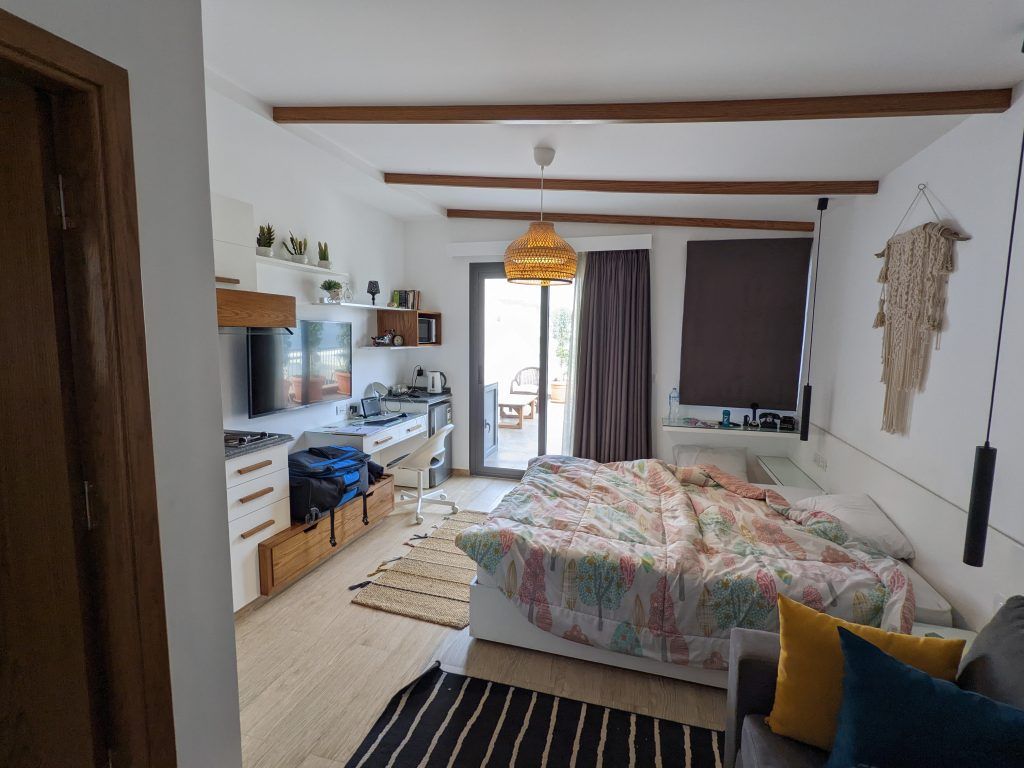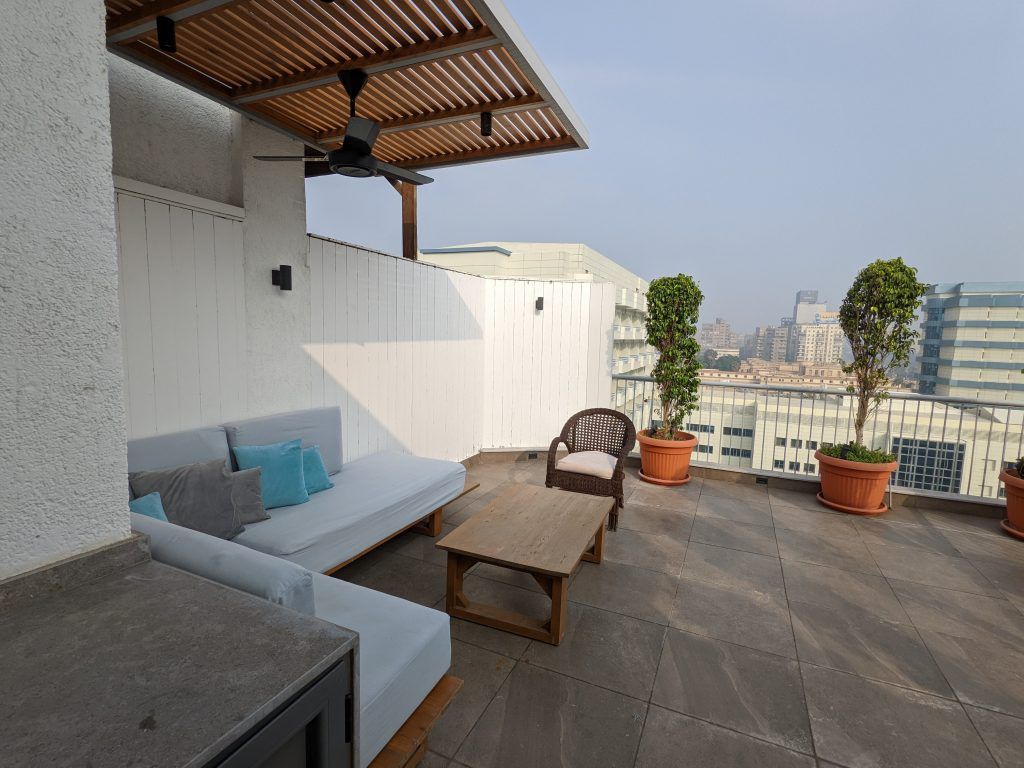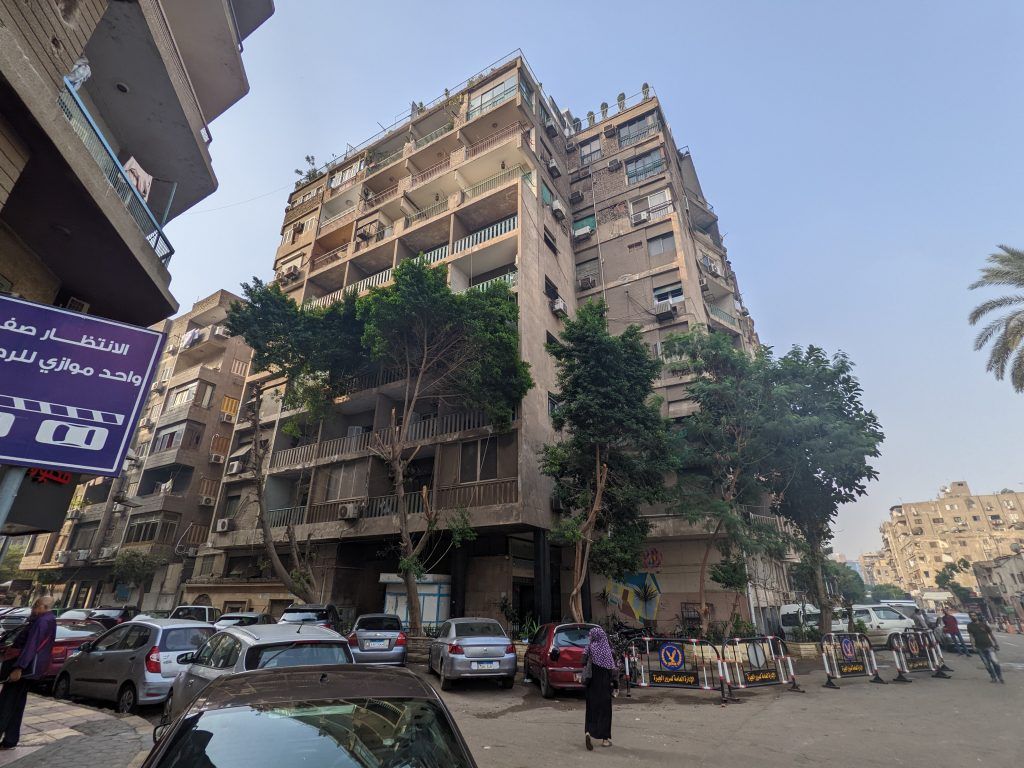Cairo is huge, sprawling, ancient, chaotic, crumbling, charming and colorful all at once. It was conquered and reconquered more times than one can count. The layers of history are even more ancient, but less preserved, than Rome. I had a chance to visit it at the start of my Egyptian travels and below is what I saw over the two days I was there.


The Cairo Citadel
The synopsis from Wikipedia: “The Citadel of Saladin is a medieval Islamic-era fortification in Cairo, Egypt, built by Salah ad-Din (Saladin) and further developed by subsequent Egyptian rulers. It was the seat of government in Egypt and the residence of its rulers for nearly 700 years from the 13th to the 19th centuries. Its location on a promontory of the Mokattam hills near the center of chaotic Cairo commands a strategic position overlooking the city and dominating its skyline. At the time of its construction, it was among the most impressive and ambitious military fortification projects of its time.”
Muhammad Ali Pasha demolished many of the older buildings in the first half of the 19th century and built new palaces and monuments all across the site, giving it much of its present form. In the 20th century both the the British and the Egyptians used it as a garrison. It was opened to the public in 1983.
Overall, it’s an impressive complex. The center of the Citadel is the Mosque of Muhammad Ali, dating from between 1828 and 1848.

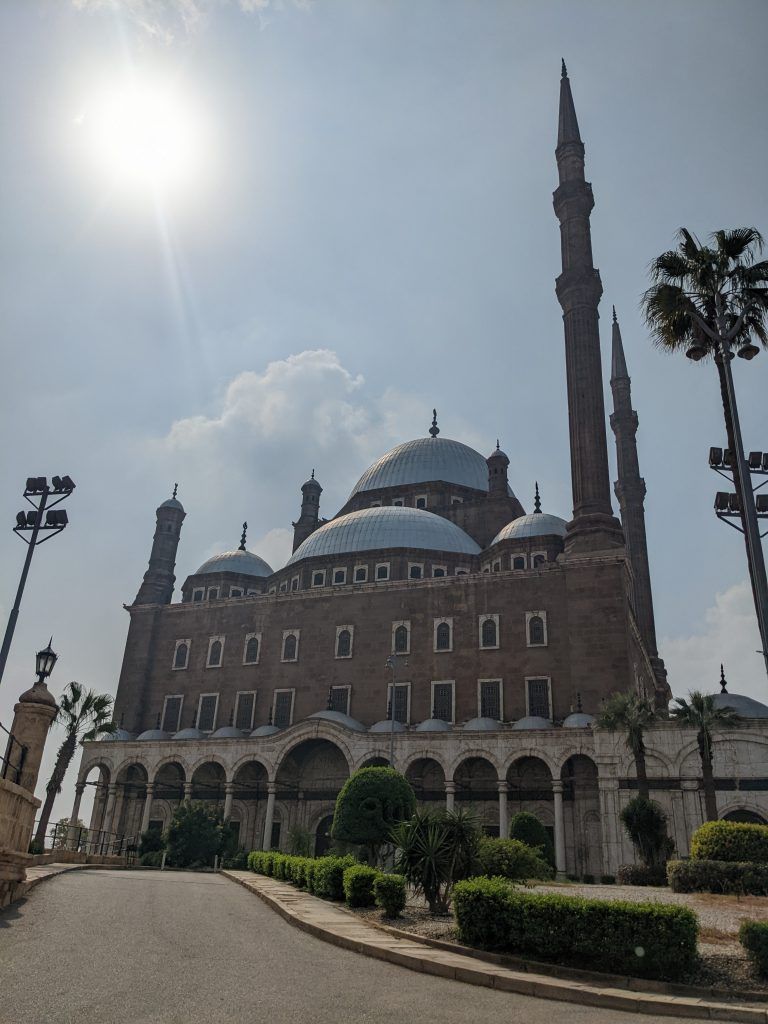
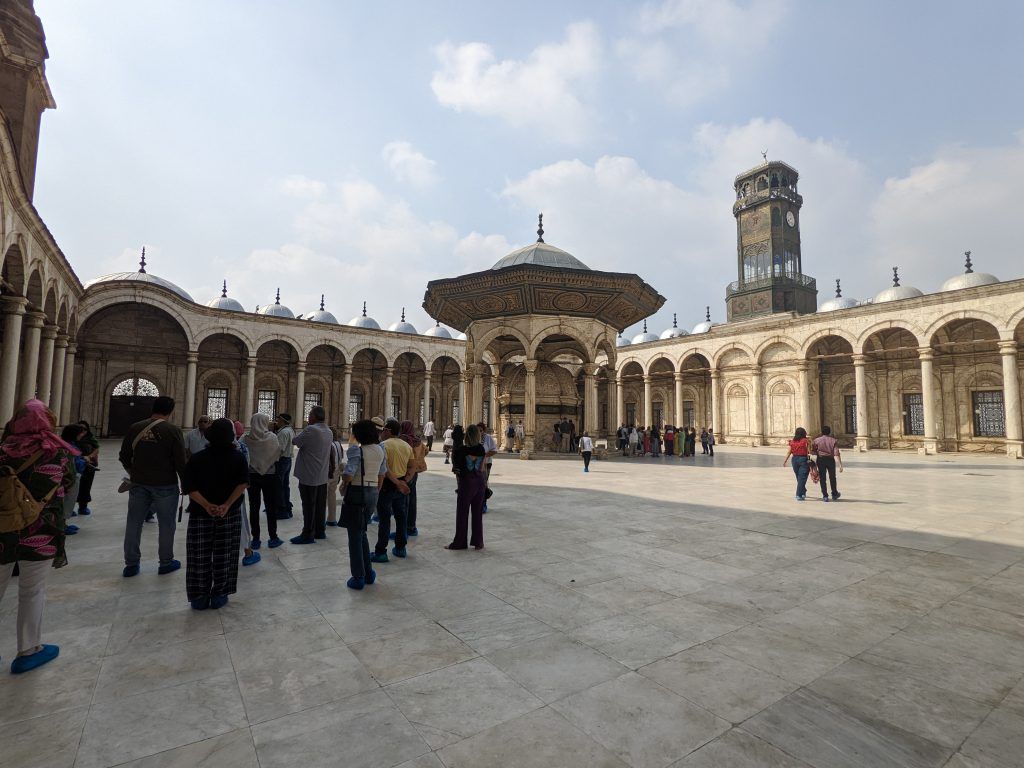
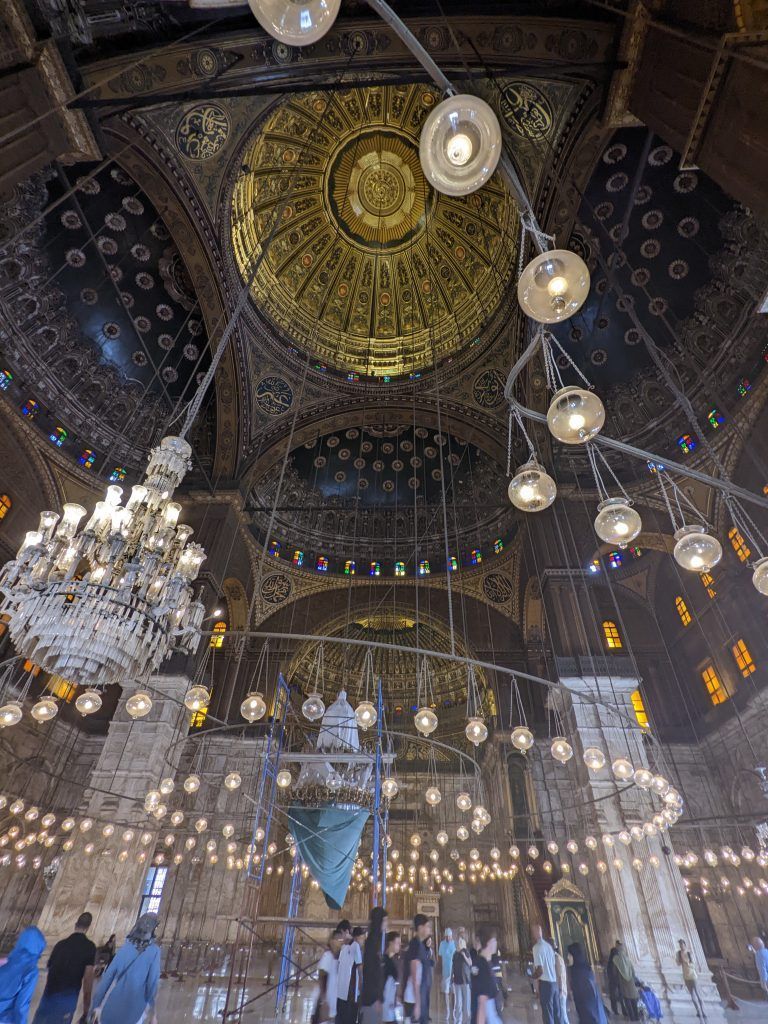
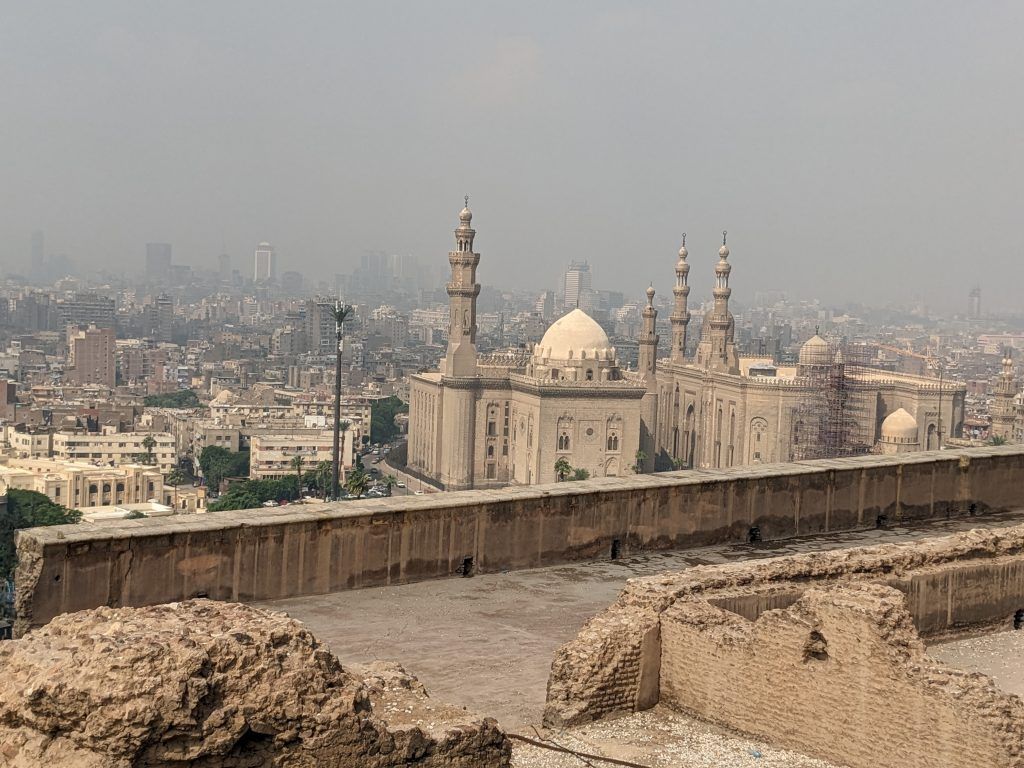
Islamic Cairo
The older, more traditional part of chaotic Cairo is a warren of small alley-like streets with a cornupocia of both touristy and functional shops, and sprinkled with a wide range of mosques and monuments.



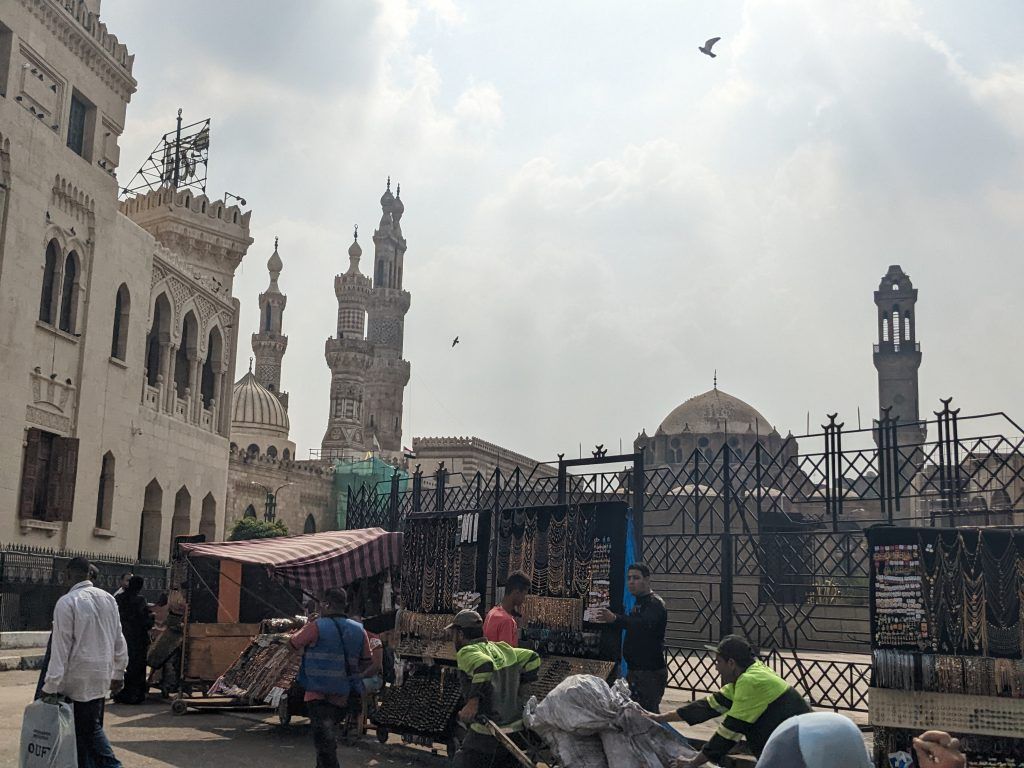
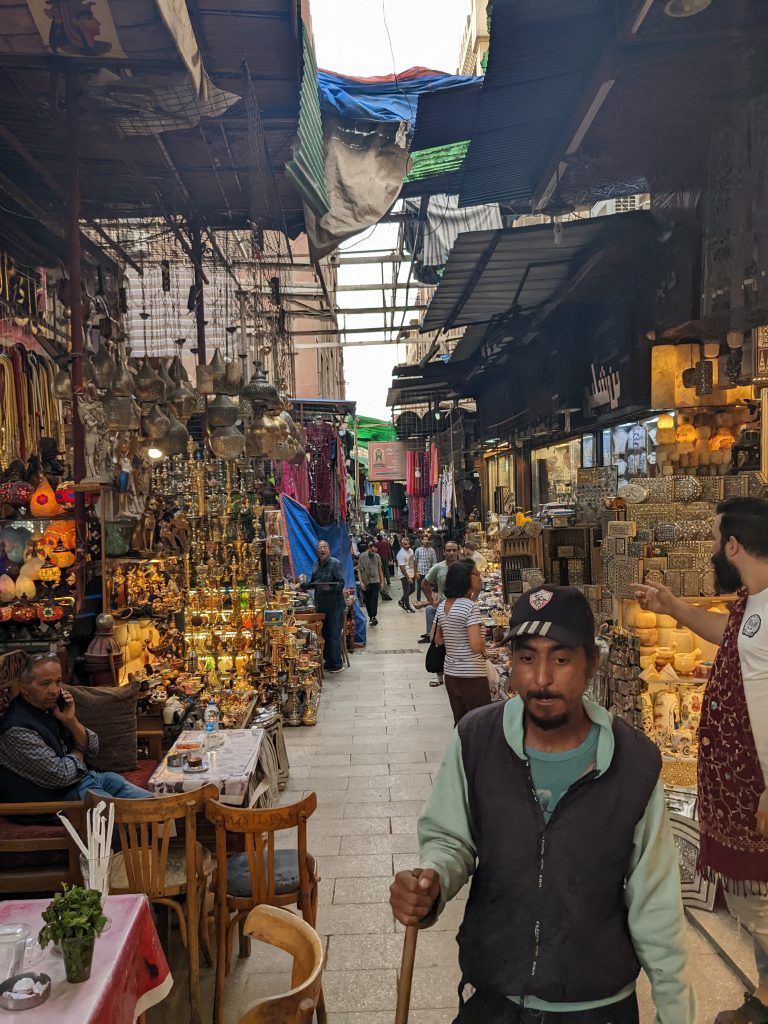
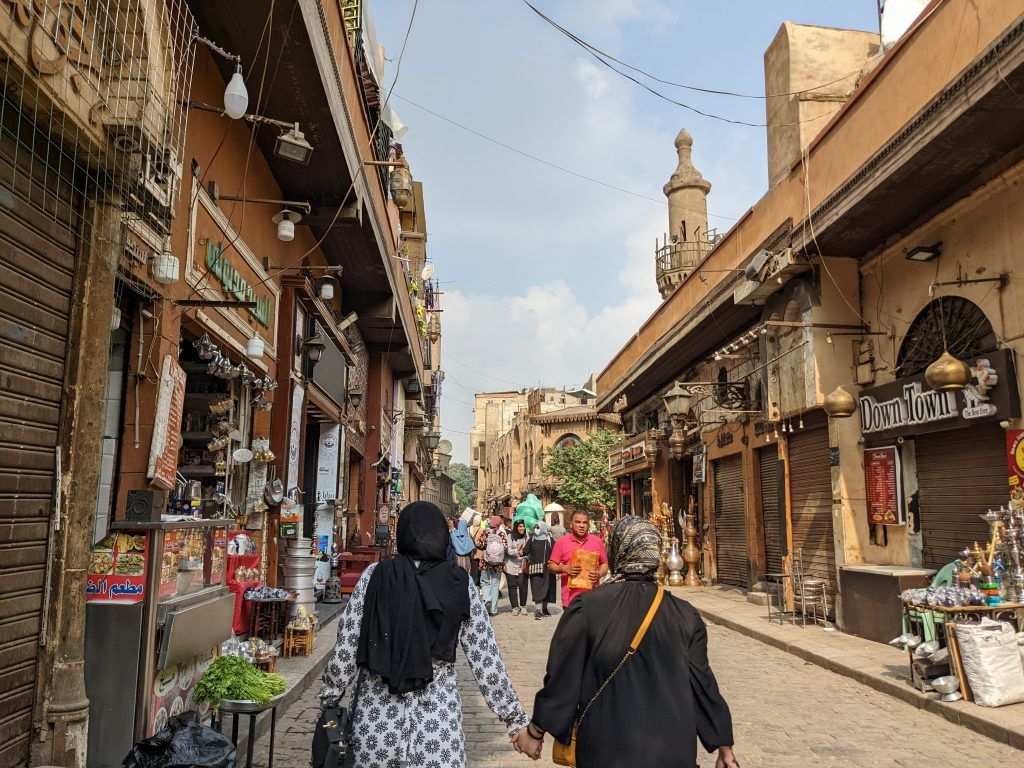


Coptic Cairo
Coptic Cairo is a maze of ancient and modern churches and monasteries, set within the walls of the fortress of Babylon founded in the 6th century BC and expanded by Roman Emperor Trajan in AD 98. It is a relatively calm, traffic free counterpoint to the rest of Cairo.
Dating from the 10th century, the Church of St George is the tallest building in this area. The current structure was built in 1909.
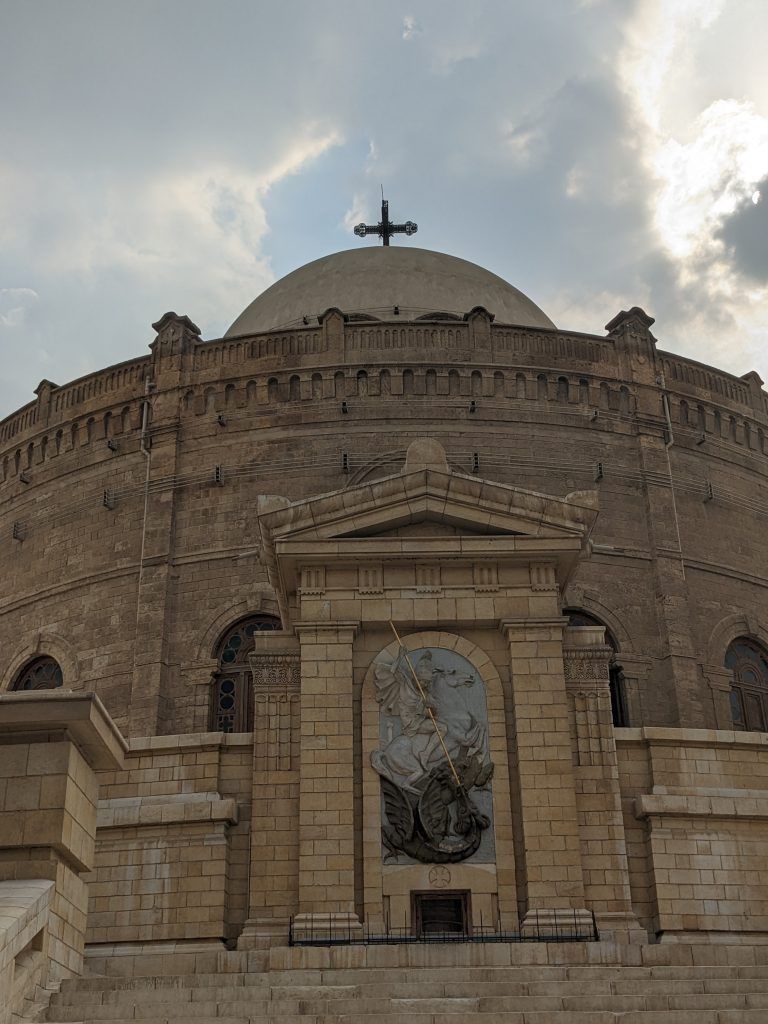
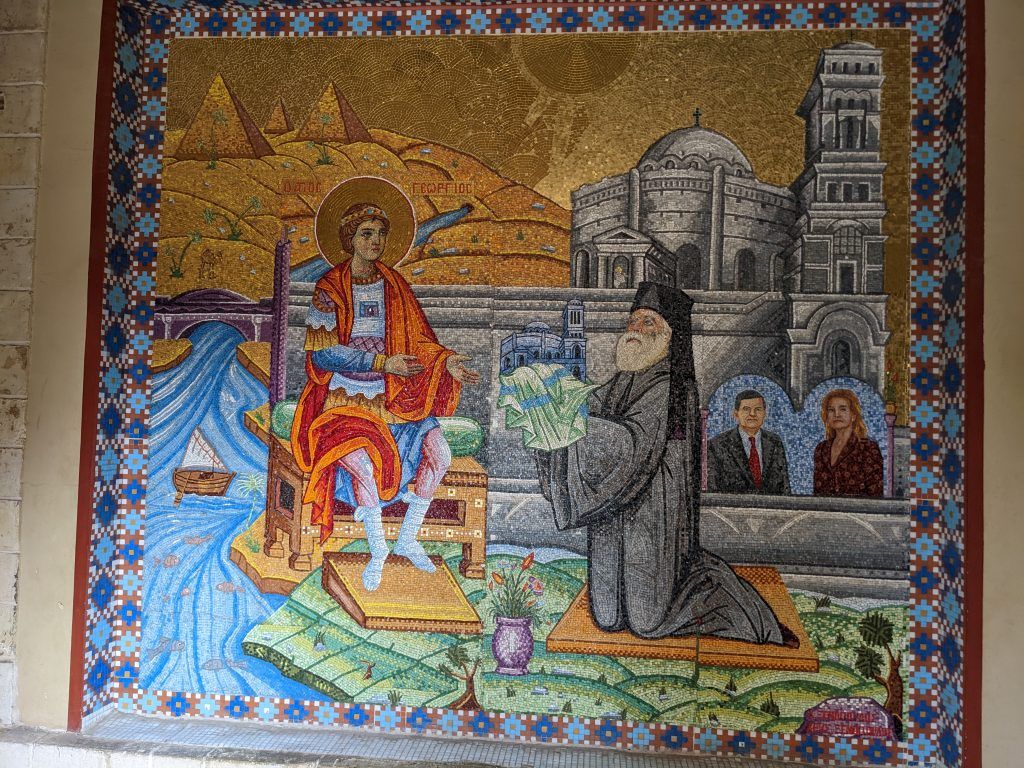
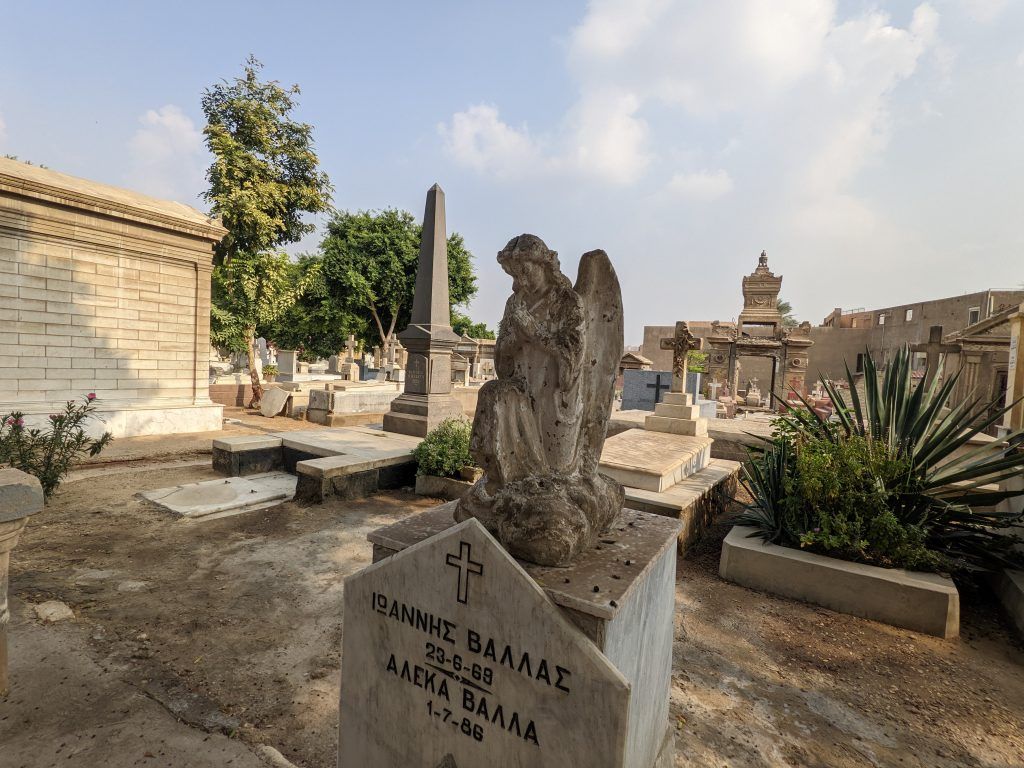
The most famous church in the complex is Church of St Sergius and Bacchus, dating from the 11th century with 4th century pillars. It honors two Roman soldiers martyred in Syria for their Christian faith in AD 296.
But its real claim to fame is that it is built over a cave where Joseph, Mary and the infant Jesus are said to have taken shelter after fleeing to Egypt to escape persecution from King Herod of Judea who had embarked upon a ‘massacre of the first born.’


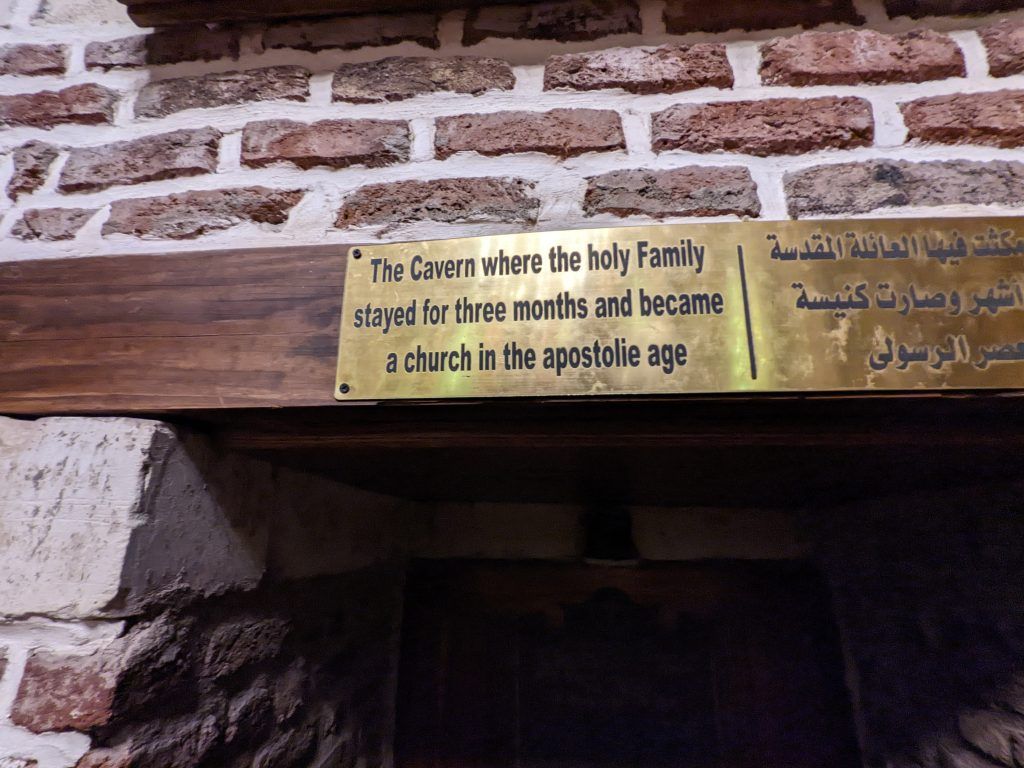

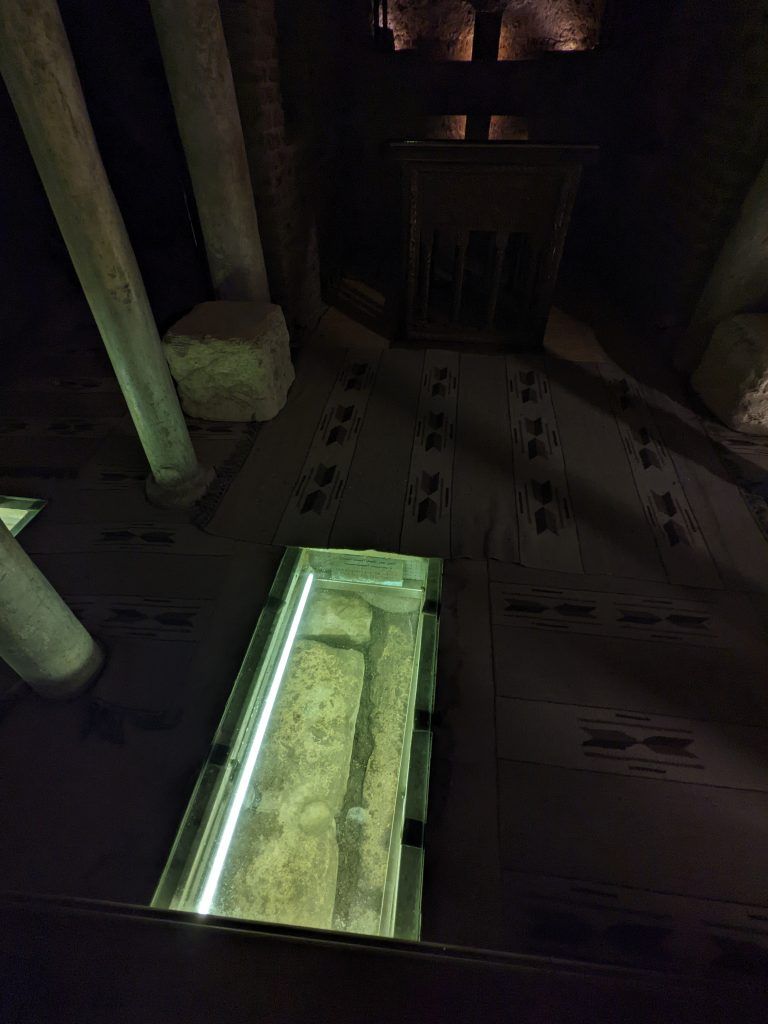
In AD 98 Roman Emperor Trajan enlarged an existing fortress here, and called it Babylon Fortress. What remains are two round towers of its western gate. These were part of the riverfront fortifications, and the Nile would have lapped right up against them.

The Coptic Museum is a small, lovely museum, founded in 1908, houses Coptic art from the earliest days of Christianity in Egypt right through early Islam.


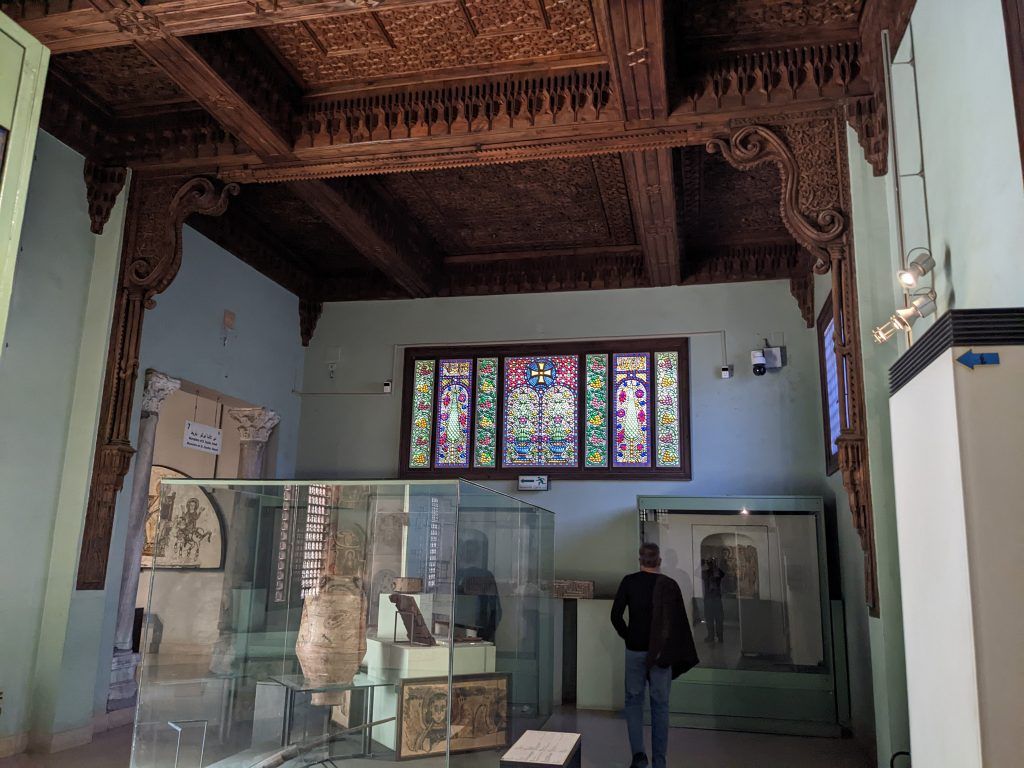

The Egyptian Museum
The Egyptian Museum is a large sprawling museum with all kinds of artifacts from ancient Egypt. Just like Cairo, it is crowded, cluttered, a bit crumbling (many of the exhibits boxes seem unchanged from its opening in 1902), but well worth a visit.


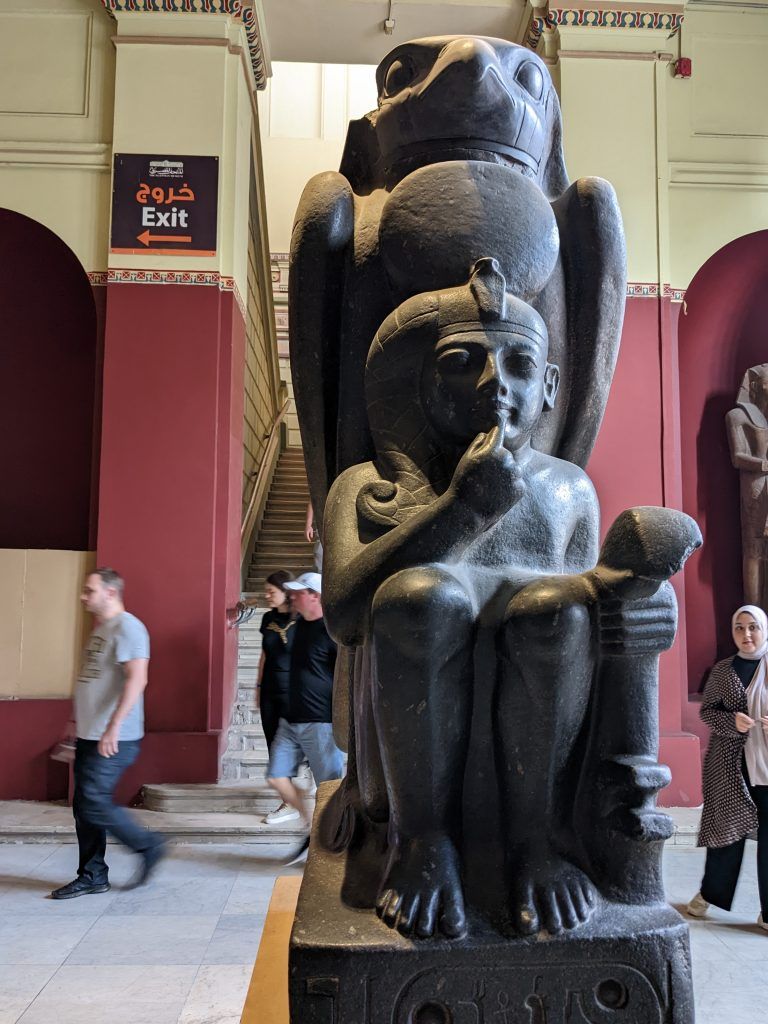




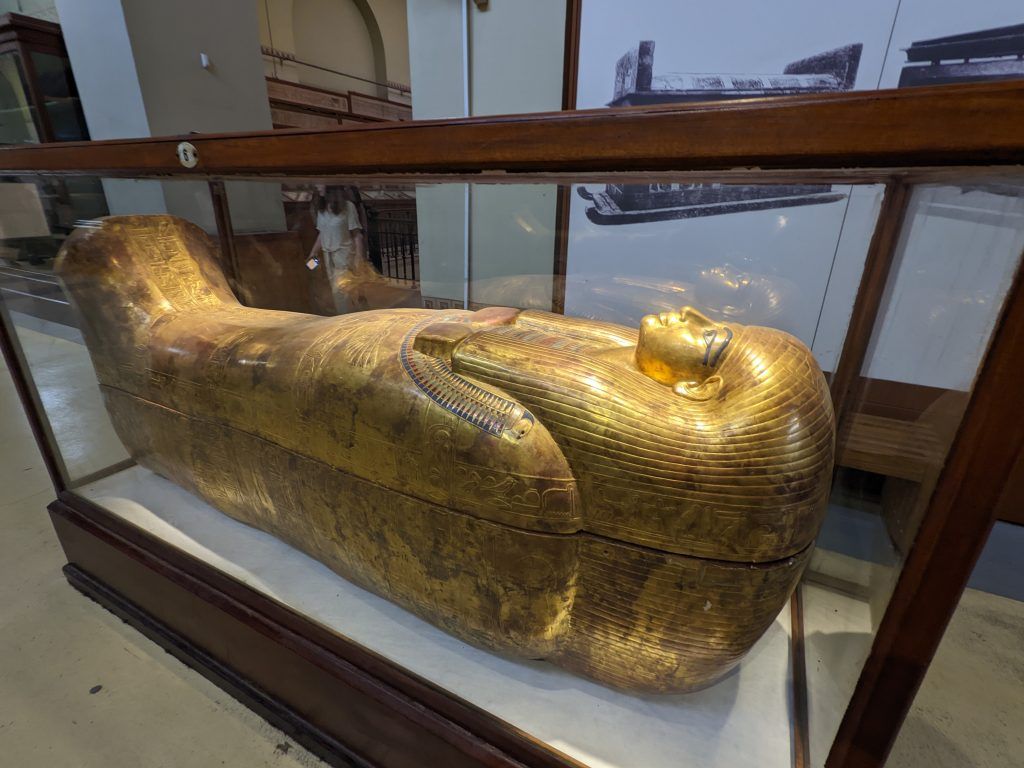
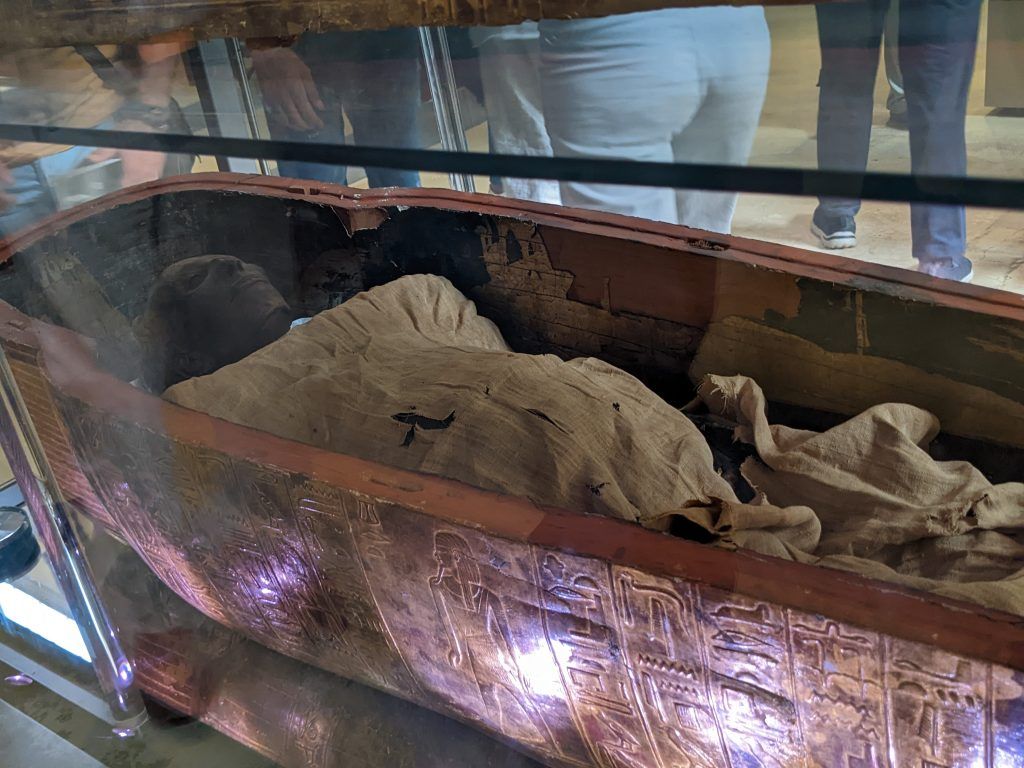

What, No Pyramids of Giza?
Yes, I actually visited Cairo without touring the famous pyramids of Giza. That’s because I only had two days in the city on this trip, and I had already visited them extensively when I made my first Egypt trip in 2001. In fact, not only did I visit the pyramids, but I was able to bribe the Egyptian authorities to actually climb to the top of the Cheops pyramid, which is the tallest of the three.
Here I am at the top with chaotic Cairo at my feet.

What it looks like climbing up, with the very visible No Climbing sign on our path. My co-conspirator is an American from Detroit who was on the same trip I was on.
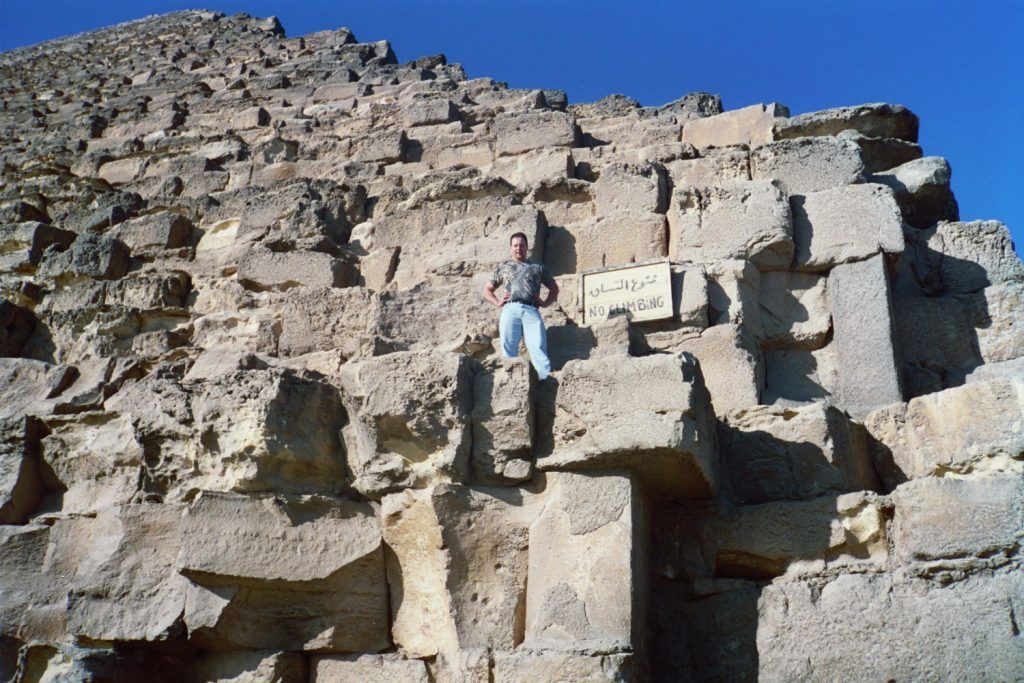
Looking down at the slightly smaller Khafre pyramid as the sun was setting behind it.
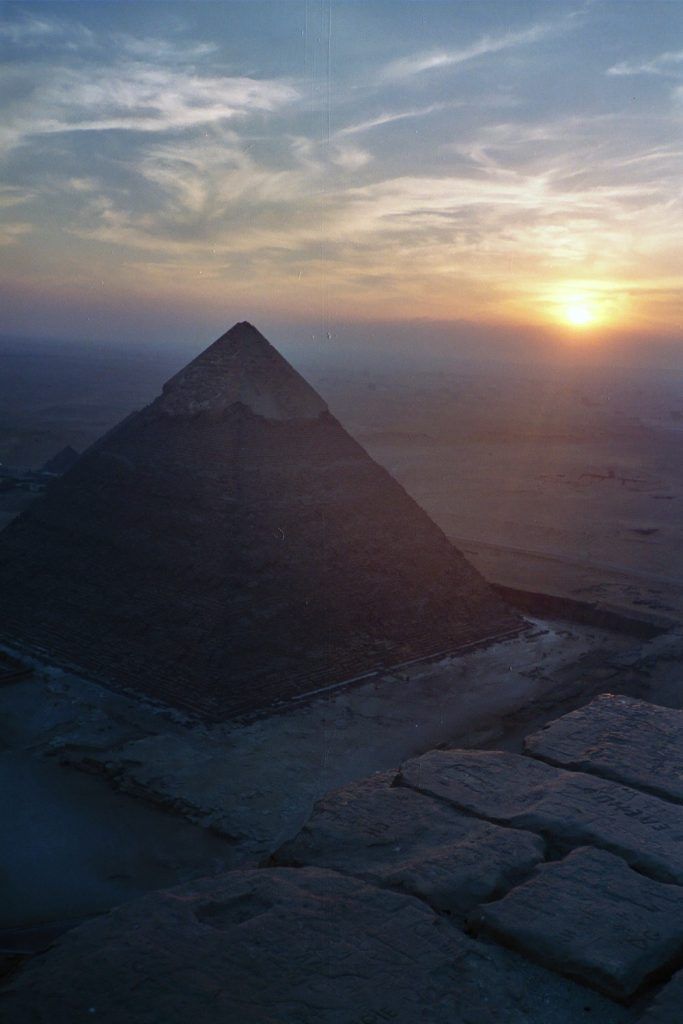
I had a small, but very comfortable Airbnb right next to the Nile River.
